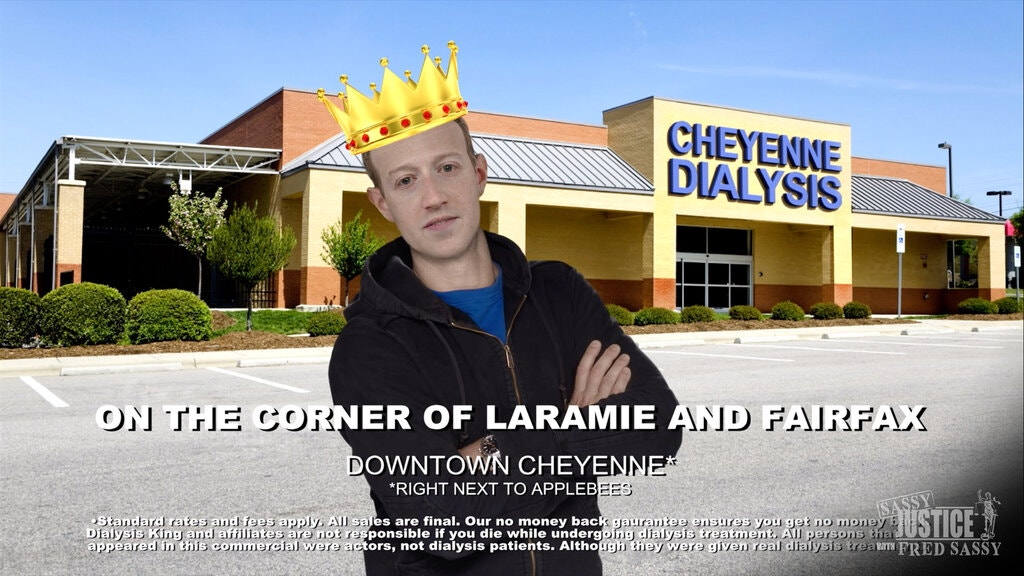The year is 2020 and Fred Sassy is a reporter for the Cheyenne News at 9, a local TV station in Cheyenne, Wyoming. Fred is looking out for the consumer, and this week, he’s uncovering the truth about deepfake videos. Except Fred is Donald Trump in a cheap costume and a wig.
Fred is himself a deepfake, produced by Trey Parker and Matt Stone, the creators of “South Park”. Welcome to 2020, where everything can be faked.

Deepwhat?
Deepfakes are sophisticated forms of image or video forgery in which the actor’s appearance is changed to resemble someone else. It’s a form of synthetic media with serious implications for the future. Just think how much we’re dealing with fake news — and that’s in written form; what if the next generation comes in audio or video format? The scariest part is that this technology is already here.
To see just how real deepfakes can be, you need look no further than the viral video “Sassy Justice”. Fred Sassy, the spitting image of President Trump, is here to tell you all about it. See, I could ramble on for a thousand words about the dangers of deepfakes and how experts have been sounding the alarm for years, but in true South Park fashion, this video does a way better job at it by just showing the dangers.
Sassy interviews the likes of Al Gore, Julie Andrews, and Michael Cain, there an unscrupulous Mark Zuckerberg running a shady dialysis center, there’s a puppet Tom Cruise, an eerie child-version of Jared Kushne — all deepfakes, of course.
It’s all so confusing it actually does a perfect job at conveying the desired message.

See, this is the thing about deep fakes: they don’t necessarily need to convince people that someone said something, all you need to do is sow confusion about it. It’s South Park energy applied to a very scary technology.
“Before the big scary thing of coronavirus showed up, everyone was so afraid of deepfakes,” Stone said in an interview for the New York Times. “We just wanted to make fun of it because it makes it less scary.”
“It really is this new form of animation for people like us, who like to construct things on a shot-by-shot level and have control over every single actor and voice. It’s a perfect medium for us,” Parker added for NYT.

For the artists, it was a way to immerse themselves in the technology and maybe even start a new venture (they even started a new studio and spent “millions” of dollars to make the video).
At the same time, it’s a reminder that deepfakes are here, and they’re probably here to stay. The next ones might not be as lighthearted as this one.









